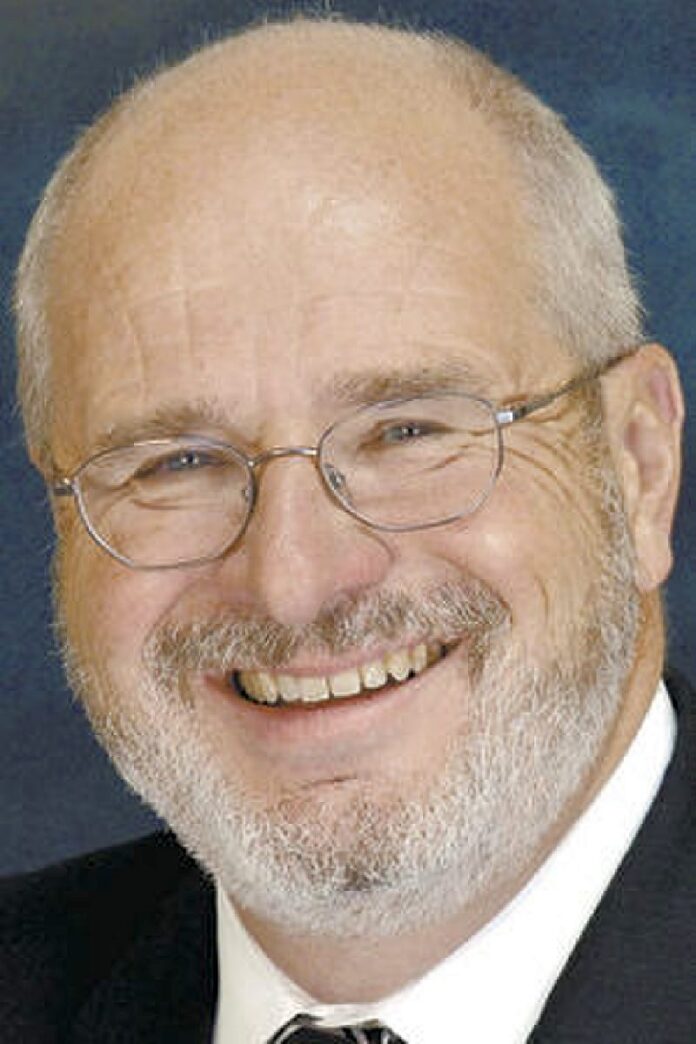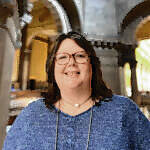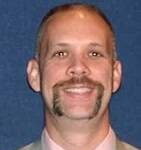The light stopped me cold.
I was walking my dog, Dewey, through the neighborhood. It was late in the day, not quite twilight, but the sun set low in the sky.
Dewey paused to sniff at a mailbox post. I looked up at a tree.
That’s when I saw it.
The late-day sunlight came slanting through the branches of the tree. When it hit the rain-soaked deep green leaves of late spring, the light settled into a shade of gold suffused with saffron. It didn’t shimmer or glow. There just was a soft soothing radiance about it.
As my dog sniffed at the mailbox’s base, two thoughts occurred to me, one right after the other.
The first was that I never had seen anything quite that shade before. Its beauty moved me. I thought what a good thing it was to be more than 60 years old and still have something like this stir me.
The second thought was: This must be why people paint.
The challenge of trying to capture something like this, to preserve it on canvas forever, would be alluring, even overwhelming.
But, as I pondered that, I realized doing so would be impossible. The way the light moved through those leaves was too delicate, too ephemeral, to be snared by even the most gifted artist.
The light was its own thing, a slanting sliver of beauty that would linger for a moment, then vanish.
It was unreproducible.
Dewey finished sniffing the mailbox and we resumed our stroll through the neighborhood.
As we ambled, I thought about how much of life can’t be recreated or replicated. Individual lives. Specific moments, such as the birth of a child. Simple things, like the way the light hits the trees as evening comes on during an early June day.
As my dog and I worked our way through the neighborhood, the country in which we live was in turmoil.
A pandemic has swept the world but hit with particular force in my native land. Tens of thousands of my fellow citizens have died and millions upon millions of others have lost their jobs or suffered in other ways.
Following on that large-scale wave of misery came another. A senseless violent death on a Minnesota street reminded us that America’s oldest curse still afflicts our beloved country. Cities erupted following the death. Protests swelled the streets. More deaths and destruction followed. Curfews came down, along with threats of repression and retribution from the leader of the land.
The nation I had grown up knowing no longer seems to know itself.
These days have become ones when it is easy to surrender to despair. The world often seems to be coming apart, stumbling, hopelessly, inevitably, into chaos and horror.
And yet…
It’s important to remember that each moment is its own thing, a fresh chance to right an old wrong, a renewed opportunity to rediscover both the world’s and our capacities for beauty and truth and justice.
Dewey stopped to nose his way around some freshly spread mulch. As we paused there, I found myself thinking of a line written by Ernest Hemingway, a man who warred with his demons all his life.
“The world is a fine place and worth fighting for and I hate very much to leave it,” Hemingway wrote in “For Whom the Bell Tolls,” a book about another country and time blown apart, another people torn asunder.
I watched my dog sniff his way over the mulch. I took a deep breath of late-spring air and thought about Hemingway’s words. I smiled.
Dewey picked up another scent and began to trot way. Leash in hand, I followed him.
As I did, I looked back at the tree. The light had shifted. The gold suffused with saffron had flitted away.
But the memory of it lingered.
And as I walked my dog through my own familiar neighborhood, I thought about the world and what a fine place it is.
Yes.
Worth fighting for.
John Krull is director of Franklin College’s Pulliam School of Journalism and publisher of TheStatehouseFile.com, a news website powered by Franklin College journalism students.





